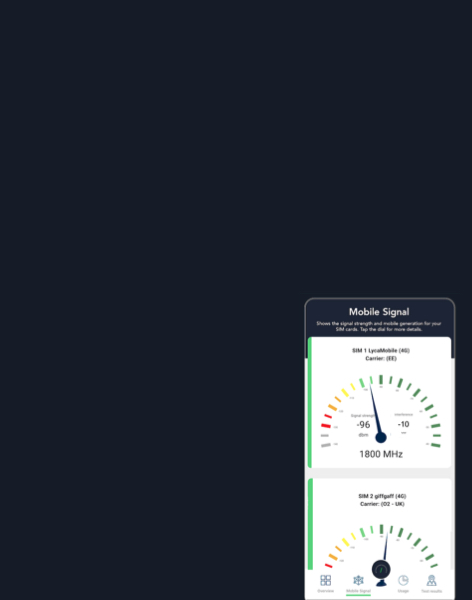PolicyTracker Weekly Wrap: Belgian drone sightings highlight need for tighter regulations
Drones were seen near Liège and Brussels airports last night, just after an emergency meeting of Belgium's national security council. The meeting had been called to discuss drone sightings at airports and military bases earlier in the week.
Drones had already been reported near the Doel nuclear power plant, the nuclear research centre SCK in Mol and at the port of Antwerp. They are widely believed to be Russian drones.
Other European countries have also reported drone sightings this week. European Commission President Ursula von der Leyen has called the incidents “hybrid warfare”, and while she has not said Russia was responsible for all the incidents, she said it was clear Russia aimed to “sow division” in Europe.

“This war is truly a drone war, and the Defence Department really needs to prepare for that,” Beglian defence minister Theo Franken said in a statement.
Belgian ministers have announced immediate changes to drone regulations. All drones, regardless of weight, and their pilots will now have to be registered; otherwise, they will be considered “hostile”.
Franken announced that from 1 January 2026, the National Airspace Security Centre would be “more operational”. During the security council meeting, the purchase of counter-drones was also considered.
These sightings, along with a rising number of similar disruptions across Europe, all contribute to accelerating the pace of reform.
Currently, EU member states are transitioning to rules adopted in 2024 by the European Union Aviation Safety Agency (EASA). All drone operators operating drones weighing over 250 grams must register with their national aviation authority and receive an operator ID. Drones must also broadcast in real time their position, altitude, heading and unique identifier via Direct Remote Identification.
These rules may not provide enough protection on their own. Last month, Ursula von der Leyen introduced the European Drone Defence Initiative, which includes the Drone Wall and Eastern Flank Watch, two new projects intended to detect and neutralise these threats. The European Drone Defence Initiative should be fully operational by late 2027.
Here are the other stories PolicyTracker covered this week:
- New research published by Communications Chambers argues that the “recurring European narrative of a suffering telecoms sector” and 5G deployment delays is false.
- With a key RSPGRSPG stands for the Radio Spectrum Policy … decision approaching, there are widespread concerns about Germany’s decision to support the allocation of the entire upper 6 GHz band for mobile use.
- In the UK, the 1900-1920 MHz band will now be made available for rail network and emergency services.
- Following the adoption of the “One Big Beautiful Bill”, the US regulator is proposing to auction 180 MHz in the 3.98-4.2 GHz band by July 2027.
- Polish regulator UKE has launched a consultation on extending the 900 MHz spectrum licences of two mobile network operators; they are set to pay very different amounts.
